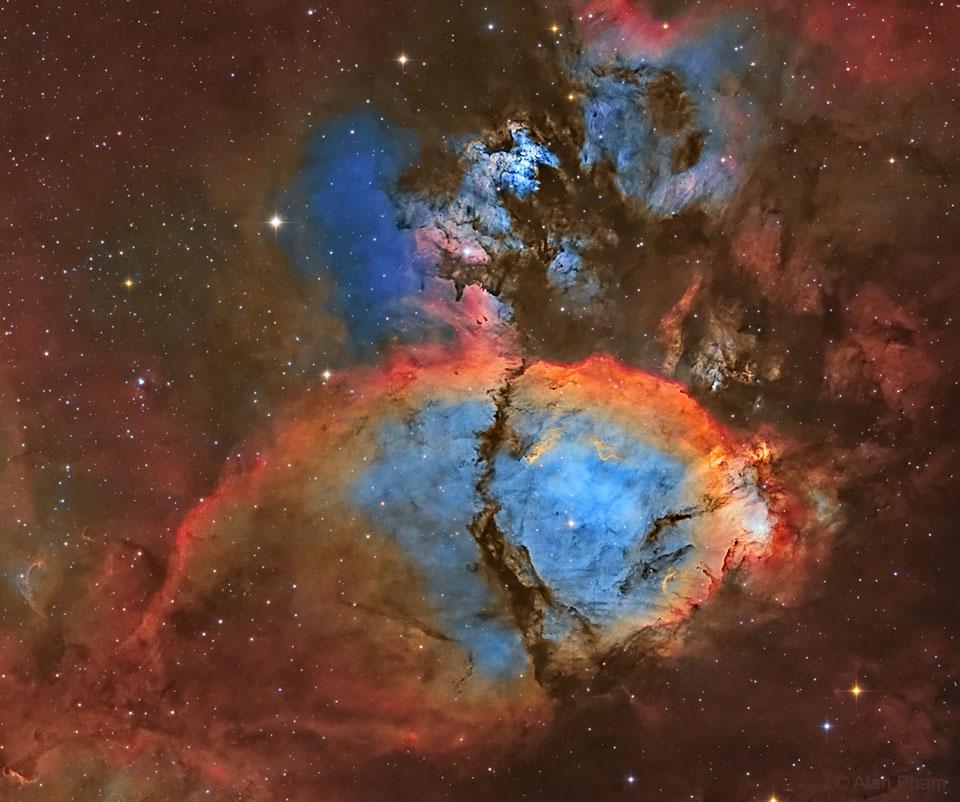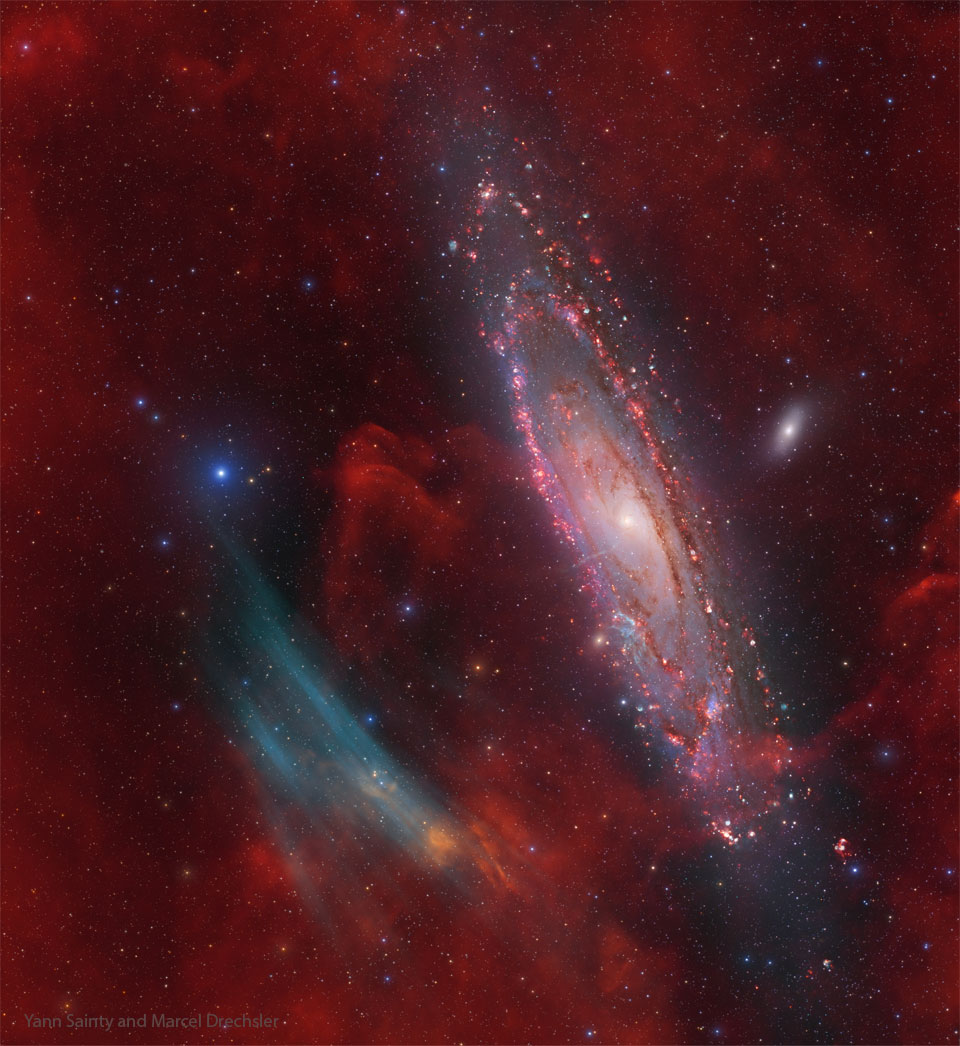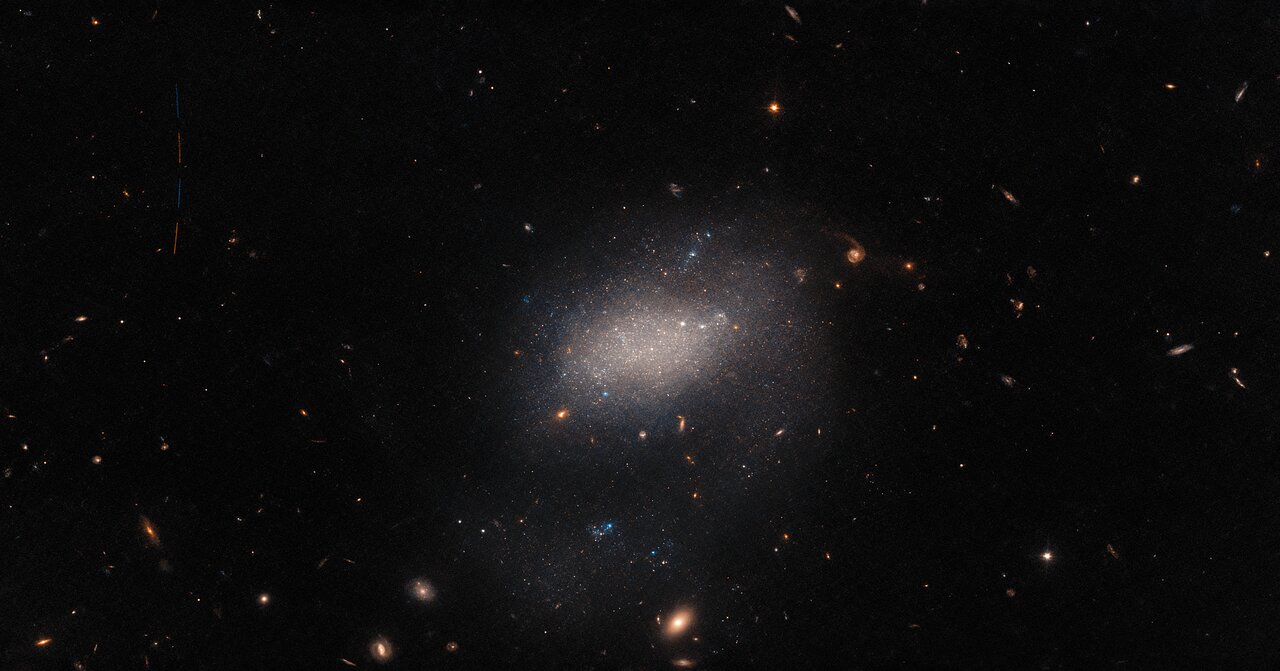Blog
Janis Lyn Joplin (January 19, 1943 – October 4, 1970) was an American singer and musician. One of the most successful and widely known rockstars of her era, she was noted for her powerful mezzo-soprano vocals and “electric” stage presence.
In 1967, Joplin rose to fame following an appearance at Monterey Pop Festival, where she was the lead singer of the then little-known San Francisco psychedelic rock band Big Brother and the Holding Company. After releasing two albums with the band, she left Big Brother to continue as a solo artist with her own backing groups, first the Kozmic Blues Band and then the Full Tilt Boogie Band. She appeared at the Woodstock festival and on the Festival Express train tour. Five singles by Joplin reached the Billboard Hot 100, including a cover of the Kris Kristofferson song “Me and Bobby McGee“, which reached number one in March 1971. Her most popular songs include her cover versions of “Piece of My Heart“, “Cry Baby“, “Down on Me“, “Ball and Chain“, “Summertime“, and her original song “Mercedes Benz“, her final recording.
Joplin died of a heroin overdose in 1970, at the age of 27, after releasing three albums (two with Big Brother and the Holding Company and one solo album). A second solo album, Pearl, was released in January 1971, just over three months after her death. It reached number one on the Billboardcharts. She was posthumously inducted into the Rock and Roll Hall of Fame in 1995. Rolling Stone ranked Joplin number 46 on its 2004 list of the 100 Greatest Artists of All Time and number 28 on its 2008 list of 100 Greatest Singers of All Time. She remains one of the top-selling musicians in the United States, with Recording Industry Association of America certifications of 18.5 million albums sold.
Janis Joplin was born in Port Arthur, Texas, on January 19, 1943, to Dorothy Bonita East (1913–1998), a registrar at a business college, and her husband, Seth Ward Joplin (1910–1987), an engineer at Texaco. She had two younger siblings, Laura and Michael. The family attended First Christian Church of Port Arthur, a church belonging to the Christian Church (Disciples of Christ) denomination.
Her parents felt that Janis needed more attention than their other children. As a teenager, Joplin befriended a group of outcasts, one of whom had albums by blues artists Bessie Smith, Ma Rainey, and Lead Belly, which Joplin later credited with influencing her decision to become a singer. She began singing blues and folk music with friends at Thomas Jefferson High School.
more...Horace Parlan (January 19, 1931 – February 23, 2017) was an American pianist and composer known for working in the hard bop and post-bop styles of jazz. In addition to his work as a bandleader Parlan was known for his contributions to the Charles Mingus recordings Mingus Ah Um and Blues & Roots.
He was born in Pittsburgh, Pennsylvania, United States. In his birth year, Parlan was stricken with polio, resulting in the partial crippling of his right hand. The handicap contributed to his development of a particularly “pungent” left-hand chord voicing style, while comping with highly rhythmic phrases with the right.
Between 1952 and 1957, he worked in Washington D.C. with Sonny Stitt, then spent two years with Mingus’ Jazz Workshop. In 1973, Parlan moved to Copenhagen, Denmark. He later settled in the small village of Rude in southern Zealand. In 1974, he completed a State Department tour of Africa with Hal Singer.
more...To some, this nebula looks like the head of a fish. However, this colorful cosmic portrait really features glowing gas and obscuring dust clouds in IC 1795, a star forming region in the northern constellation Cassiopeia. The nebula’s colors were created by adopting the Hubble color palette for mapping narrow emission from oxygen, hydrogen, and sulfur atoms to blue, green and red colors, and further blending the data with images of the region recorded through broadband filters. Not far on the sky from the famous Double Star Cluster in Perseus, IC 1795 is itself located next to IC 1805, the Heart Nebula, as part of a complex of star forming regions that lie at the edge of a large molecular cloud. Located just over 6,000 light-years away, the larger star forming complex sprawls along the Perseus spiral arm of our Milky Way Galaxy. At that distance, this picture would span about 70 light-years across IC 1795.

Johnny Costa (born John Costanza; January 18, 1922 – October 11, 1996) was an American jazz pianist. Given the title “The White Art Tatum” by jazz legend Art Tatum, Costa is best known for his work as musical director of the children’s television series Mister Rogers’ Neighborhood.
Costa learned to play accordion at age seven and was reading music three years later. Frank Oliver, Costa’s high school music teacher, urged him to learn the piano after discovering that Costa had perfect pitch. Costa graduated from Carnegie Mellon University with degrees in music and in education. In case he failed as a musician, Costa prepared himself to teach. On the day of his graduation, he began work as the house pianist for a radio station in Pittsburgh. Eventually he performed the same role for KDKA-TV in Pittsburgh. He provided piano and organ music for many programs, eventually teaming with Fred Rogers to arrange and perform the music heard on Mister Rogers’ Neighborhood.
Costa’s first recording was The Amazing Johnny Costa, a Savoy LP released in 1955 and reissued on CD as Neighborhood in 1989. Although his increasingly lucrative career was beginning to bring him international attention, the amount of time away from his family and friends led him to live and perform only in western Pennsylvania. He stopped traveling and gave up his job as musical director of The Mike Douglas Show. He returned to Pittsburgh and remained there for the rest of his life.
more...Marilyn Mazur (born January 18, 1955) is an American-born Danish percussionist. Since 1975, she has worked as a percussionist with various groups, among them Six Winds with Alex Riel. Mazur is primarily an autodidact, but she has a degree in percussion from the Royal Danish Academy of Music.
Mazur was born in New York City in 1955, from Polish and African-American parents, who moved with her to Denmark at age 6. She learned to play the piano, but when she was 19, she took up drumming, inspired by Al Foster, Airto Moreira, and Alex Riel. She started her first band in 1973, Zirenes. In 1978, she formed Primi, an all-woman theatre band. In 1985, she was asked to participate in the Palle Mikkelborg project that would become the Miles Davis album Aura, and soon after she went on the road with Miles Davis. Afterward, she played with Gil Evans, Wayne Shorter, Jan Garbarek, and Makiko Hirabayashi.
more...Vassilis Tsitsanis (Greek: Βασίλης Τσιτσάνης 18 January 1915 – 18 January 1984) was a Greek songwriter and bouzouki player. He became one of the leading Greek composers of his time and is widely regarded as one of the founders of modern Rebetiko and Laiko music. Tsitsanis wrote more than 500 songs and is still remembered as an extraordinary composer and bouzouki player.
Tsitsanis was born in Trikala, in Thessaly, Greece. His family came from the region of Epirus. He has been described as having been an Aromanian, and his surname Tsitsanis could indicate some connection with the Aromanians of Metsovo. He was the only figure performing rebetiko at his time coming from the Greek mainland and not from the islands. This may be the reason why he was sometimes known as “the Vlach” by his fellow musicians, although this could be due to the actually Aromanian ethnic origin of Tsitsanis (as Aromanians are known as Vlachs in Greece). It is also rumored that Stratos Pagioumtzis gave him this nickname. Tsitsanis was also nicknamed “Tsilias”.
more...Aloysius Tyrone Foster (born January 18, 1943) is an American jazz drummer. Foster’s professional career began in the mid-60s, when he played and recorded with hard bop and swing musicians including Blue Mitchell and Illinois Jacquet. Foster played jazz fusion with Miles Davis during the 70s and was one of the few people to have contact with Davis during his retirement from 1975–1980. During Davis’s retirement, Foster continued to play and record acoustic jazz with Sonny Rollins, Dexter Gordon, McCoy Tyner, Horace Silver, and other band leaders. Foster played on Miles Davis’s 1981 comeback album The Man with the Horn, and was the only musician to play in Davis’s band both before, and after, his retirement. After leaving Davis’s band in the mid-80s, Foster toured and recorded with Herbie Hancock, Sonny Rollins, Joe Henderson, and many other band leaders, primarily working in acoustic jazz settings. Foster has also released several solo albums under his own name, starting with Mixed Roots in 1978.
Foster was born in Richmond, Virginia, United States, and grew up in New York. He began playing drums at the age of 13 and made his recording debut on Blue Mitchell‘s, The Thing to Do, at age 20.
He joined Miles Davis‘s group when Jack DeJohnette left in 1972, and played with Davis until 1985. In his 1989 autobiography, Davis described the first time he heard Foster play live in 1972 at the Cellar Club in Manhattan: “He [Foster] knocked me out because he had such a groove and he would just lay it right in there. That was the kind of thing I was looking for. Al could set it up for everybody else to play off and just keep the groove going forever.”
https://www.youtube.com/watch?v=oX5zkXywYTI
more...The gas arcs, shown in blue, were discovered and first confirmed by amateur astronomers just last year. The two main origin hypotheses for the arcs are that they really are close to Andromeda (M31), or that they are just coincidentally placed gas filaments in our Milky Way galaxy. Adding to the mystery is that arcs were not seen in previous deep images of M31 taken primarily in light emitted by hydrogen, and that other, more distant galaxies have not been generally noted as showing similar oxygen-emitting structures. Dedicated amateurs using commercial telescopes made this discovery because, in part, professional telescopes usually investigate angularly small patches of the night sky, whereas these arcs span several times the angular size of the full moon. Future observations — both in light emitted by oxygen and by other elements — are sure to follow.

Michael Kevin Taylor (born 17 January 1949) is an English guitarist, best known as a former member of John Mayall’s Bluesbreakers (1967–1969) and the Rolling Stones (1969–1974). As a member of the Stones, he appeared on: Let It Bleed (1969), Get Yer Ya-Ya’s Out! The Rolling Stones in Concert (1970), Sticky Fingers (1971), Exile on Main St. (1972), Goats Head Soup (1973) and It’s Only Rock ‘n Roll (1974).
Since leaving the Rolling Stones in December 1974, Taylor has worked with numerous other artists and released several solo albums. From November 2012 onwards he participated in the Stones’ 50th-Anniversary shows in London and Newark, and in the band’s 50 & Counting tour, which included North America, Glastonbury Festival and Hyde Park in 2013. He was ranked 37th in Rolling Stone magazine’s 2011 list of the 100 greatest guitarists of all time.[1] Guns N’ Roses guitarist Slash states that Taylor had the biggest influence on him.
more...Billy Harper (born January 17, 1943) is an American jazz saxophonist, “one of a generation of Coltrane-influenced tenor saxophonists” with a distinctively stern, hard-as-nails sound on his instrument.
He was born in Houston, Texas, United States. In 1965, Harper earned a Bachelor of Music degree from the University of North Texas.
Harper has played with some of jazz’s greatest drummers; he served with Art Blakey‘s Messengers for two years (1968–1970); he played very briefly with Elvin Jones (1970), he played with the Thad Jones/ Mel Lewis Orchestra in the 1970s, and was a member of Max Roach‘s quartet from 1971–1978. In 1979, Harper formed his own group, touring with it and documenting its music on the recording Billy Harper Quintet in Europe, and he was featured as a soloist on a 1983 recording, Such Great Friends, with virtuoso, visionary pianist and record producer Stanley Cowell. After a period of relative inactivity in the 1980s, Harper came back strong with another international tour, which ended with perhaps his most ambitious recording: the three-volume Live on Tour in the Far East (1991). In the new millennium, Harper’s recording activity has been subdued and sporadic, though more recently he appeared as a regular member of pianist-jazz historian Randy Weston‘s ensembles. In 2013, they recorded their first album as a duo, entitled The Roots of the Blues.
more...Cedar Anthony Walton Jr. (January 17, 1934 – August 19, 2013) was an American hard bop jazz pianist. He came to prominence as a member of drummer Art Blakey‘s band, The Jazz Messengers, before establishing a long career as a bandleader and composer. Several of his compositions have become jazz standards, including “Mosaic”, “Bolivia“, “Holy Land”, “Mode for Joe” and “Ugetsu/Fantasy in D”.
Walton was born and grew up in Dallas, Texas. His mother Ruth, an aspiring concert pianist, was his first teacher, and took him to jazz performances around Dallas. Walton cited Nat King Cole, Bud Powell, Thelonious Monk and Art Tatum as his major influences on piano. He began emulating these artists’ recordings from an early age.
more...Sidney “Big Sid” Catlett (January 17, 1910 – March 25, 1951) was an American jazz drummer. Catlett was one of the most versatile drummers of his era, adapting with the changing music scene as bebop emerged.
Catlett was born in Evansville, Indiana, United States, and at an early age he was instructed in the rudiments of piano and drums, under the tutelage of a music teacher hired by his mother. When he and his family relocated to Chicago, Catlett received his first drum kit, and immersed himself in the diverse styles and techniques of Zutty Singleton, Warren “Baby” Dodds, and Jimmy Bertrand, among others.
more...A host of astronomical objects throng this image from the NASA/ESA Hubble Space Telescope. Background galaxies ranging from stately spirals to fuzzy ellipticals are strewn across the image, and bright foreground stars much closer to home are also present, surrounded by diffraction spikes. In the centre of the image, the vague shape of the small galaxy UGC 7983 appears as a hazy cloud of light. UGC 7983 is around 30 million light-years from Earth in the constellation Virgo, and is a dwarf irregular galaxy — a type thought to be similar to the very earliest galaxies in the Universe. This image also conceals an astronomical interloper. A minor asteroid, only a handful of kilometres across, can be seen streaking across the upper left-hand side of this image. The trail of the asteroid is visible as four streaks of light separated by small gaps. These streaks of light represent the four separate exposures that were combined to create this image, the small gaps between each observation being necessary to change the filters inside Hubble’s Advanced Camera for Surveys. Capturing an asteroid was a fortunate side effect of a larger effort to observe every known galaxy close to the Milky Way. When this project was first proposed, roughly 75% of all the Milky Way’s near galactic neighbours had been imaged by Hubble. A group of astronomers proposed using the gaps between longer Hubble observations to capture images of the remaining 25%. The project was an elegantly efficient way to fill out some gaps not only in Hubble’s observing schedule, but also in our knowledge of nearby galaxies.

More Posts
- Daily Roots with Winston McAnuff
- Happy 4th of July 2018
- The Cosmos with NGC 6946
- Bill Withers Day
- Fred Wesley Day
- World Music with Stony Point
- Daily Roots with the Revolutionaries
- The Cosmos with UGC 5340
- Dr Lonnie Smith Day
- Johnny Coles Day
- World Music with Nadya Giga and Their 101 Candles Orchestra
- Daily Roots with Cornell Campbell
- The Cosmos with the Antares
- Charlie Watts Day
- Ahmed Jamal Day
- World Music with Mamady Keita
- Daily Roots with Leroy Smart
- The Cosmos with IC 5332
- Leon “Ndugu” Chancler Day
- James Cotton Day
